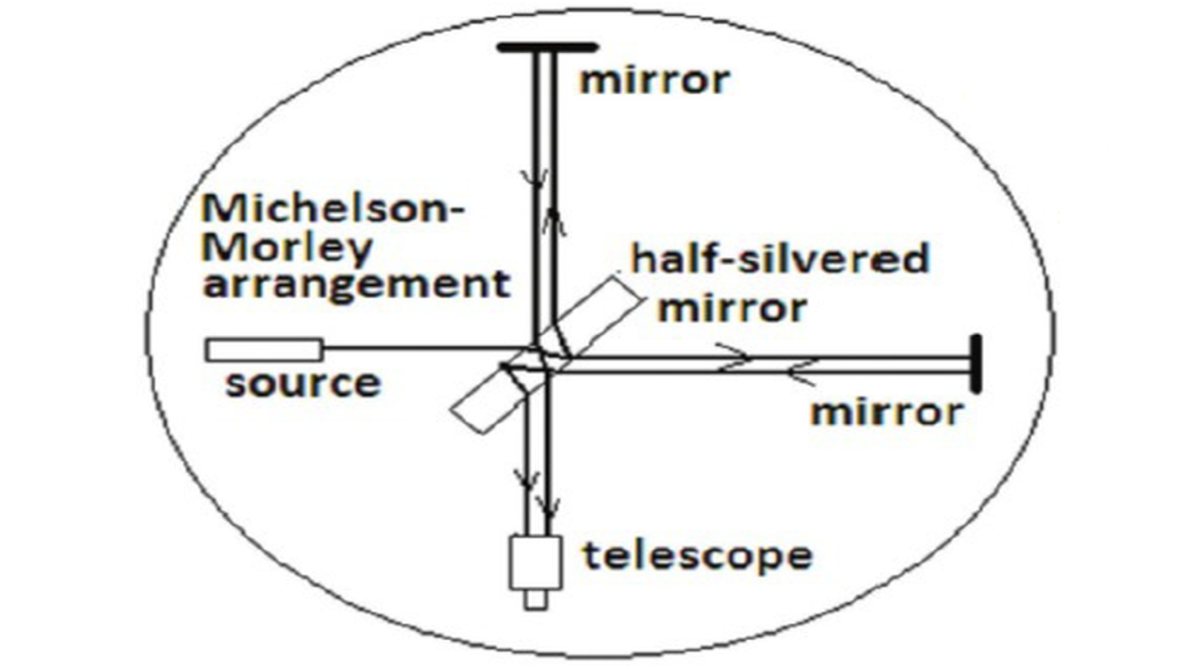Human brain can detect Earth’s magnetic field
The team, from the California Institute of Technology in the US, believes humans were once able to sense the Earth's magnetic field and use it for navigation purposes.
The new version, integrated into a nano-sized device, 500 times smaller, works with 30 times greater sensitivity.

A spinning gyroscope on a string.
The unchanging stars of the night sky were surely the first device to tell directions. And then came the magnetic needle, which always pointed to the magnetic north. A further development was the gyroscope, which was like a spinning top, and could hold a direction in places where other methods could not be used. But the optical counterpart was a sophisticated sequel with a range of possibilities.
Parham P Khial, Alexander D White and Ali Hajimiri, of the department of electrical engineering, California Institute of Technology, describe in the journal, Nature Photonics, a strategy that improves on the current, state-of-the-art, optical gyroscope. The new version, integrated into a nano-sized device, 500 times smaller, works with 30 times greater sensitivity.
The conventional, mechanical gyroscope works on the principle of conservation of momentum. We know that the heavier an object, the more difficult it is to change its path, once it has got moving. The effect is more pronounced with spinning objects, which pack spinning energy within a small space, and they hold on to the axis of spin. The spinning top is an example — the force of gravity is not able to bring it down, unlike a stationary top, which would just topple.
Advertisement
The gyroscope is a similar, heavy, spinning object, mounted on swivelled bearings, so that it keeps its direction even while a vehicle in which it is mounted should twist and turn. It is better than the magnetic compass, as it is not affected by stray magnetic fields and then, it holds direction in three dimensions.
The disadvantage is that it needs precision fabrication and is bulky. The optical gyroscope is more hardy, more accurate, can be integrated with computers and it can be miniaturised. Its principle of its working, that any state of rotation would affect the path of opposing beams of light, however, is not straight-forward and needs to call on Einstein’s Theory of Relativity to be understood.

The story starts in the late 19th century, when the wave theory of light had been firmly established, but with the concept of light consisting of waves in an all-pervading substance, known as “aether”. Then, Albert A Michelson and Edward Morley, in 1887, carried out a celebrated experiment to detect the “aether”, if there was one. The principle was that as the Earth was hurtling through space at a speed of 30 km a second, an “aether wind” should be blowing, and a beam of light should be affected, depending on its direction.
A beam of light was hence split into two, using a “half-silvered” mirror, and two beams went on to-and-fro trips along paths at right angles. One path was along the direction of Earth’s motion and the other was across the direction of motion. When the waves of light were recombined, the waves would be “in step” if they had travelled the same distance, or “out of step” if there was a difference in the distance.
This state of being “in step” would be indicated by a pattern, called an “interference pattern”, when the combined beams were viewed. And whatever the state of the pattern, it should change as the apparatus was turned around till the two arms exchanged places. The experiment did not reveal any change —a celebrated, negative result, which proved there was no “aether wind”.
The result had the important implication that although the two arms of the equipment —the Michelson’s Interferometer — were in motion, the speed of light was the same in both directions. This led to a “correction factor”, to explain the result, and then the Theory of Relativity, which builds on the constancy of the speed of light, to show that time and length are measured differently by observers in relative motion, the equivalence of mass and energy, and much else.
In the meantime, a French scientist called Georges Sagnac carried out another experiment, which seemed to indicate there was, in fact, an “aether wind”.In Sagnac’s experiment, the two beams did not traverse separate paths, but they went round the same, circular path, but in the opposite direction. The circular path was then set to rotate, so that one half the light beam followed the sense of rotation, and hence traversed a longer path, while the other half traversed a shorter path.
This time, the two halves of the beam did show interference when they were combined. It seemed to show that “aether” did exist. By the time this experiment was conducted, however, it had been shown, in theory, that there would be an interference pattern when the arrangement was rotated, as opposed to “translated” as in the Michelson-Morley experiment, with no need for an “aether” and quite in keeping with the theory of relativity.
The positive result, however, was the discovery of the Sagnac effect, that opposing beams of light in a rotating, circular path, take different times to go round. This led to the development of methods to detect rotation with the help of light beams, and the era of the optical gyroscopes.
The older, mechanical gyroscope has been improved, by reliance not on spinning masses but on oscillating masses and is now found on devices like cell phones, to indicate and measure changes in orientation. In comparison, the optical gyroscope, based on the Sagnac effect and using a multi-spiralled coil of glass fibre to accumulate the effect, is far more sensitive and versatile.
The limitation, however, is that if the device is to be made smaller, the effect of the signal, which needs to be captured, gets feebler. The smallest optical fibre gyroscopes are hence about the size of a golf ball. The nanophotonic gyroscope, which would be the most versatile for embedding in devices, is hence out of reach.
What the Caltech researchers have done is to overcome this limitation. The problem with the faint signal of smaller arrangements is that random noise, the effect of temperature variations, scattering and back reflections, which the two beams pick up, distort the interference pattern. The researchers note that these disturbances, however, have frequencies in thousandths of a second and can hence be ignored over time spans of millionths of a second.
With this in mind, the Caltech team created an arrangement, called reciprocal sensitivity enhancement, where the two halves of beam rapidly reverse roles. A beam moving clockwise hence starts to move anti-clockwise, while the other beam similarly switches from anti-clockwise to clockwise. In this process, the paper says, polarity of the desired signal is switched, but the noisy element remains the same, and can be suppressed.
Using silicon waveguides as the path of a laser for the beam, the arrangement can be built at the size of a grain of rice and its sensitivity in detecting the difference of the beams is the highest of nano-devices so far, the paper says.
The writer can be contacted at response@simplescience.in
Advertisement